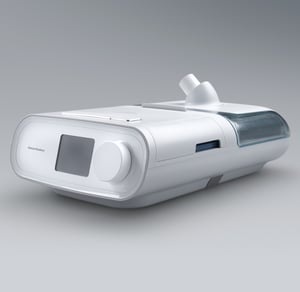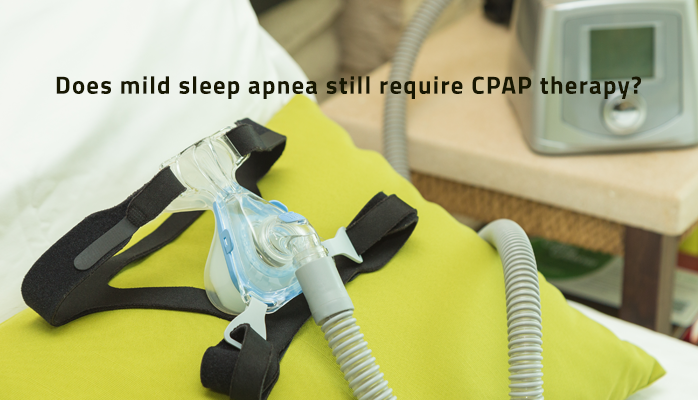What is Sleep Apnea?
Sleep apnea is a medical condition and sleeping disorder where you repeatedly stop breathing throughout the night, anywhere from 5 to 30+ times per hour. This can happen because of:
- (Obstructive Sleep Apnea) An obstruction, such as because of your throat muscles relaxing and collapsing your airway (you try to breathe but can’t)
- (Central Sleep Apnea) A neurological condition where your breathing mechanism “short circuits” (you don’t try to breath)
- (Complex Sleep Apnea) Both obstruction and “short circuits”
Obstructive sleep apnea is the most common form. Each time you stop breathing is considered an “apnea” or “apnea event”. Sleep apnea can be considered mild, moderate, or severe.
What is Considered Mild Sleep Apnea?
Here is a general breakdown of what's considered mild, moderate, and severe OSA.
- Mild OSA: 5-14 apneas per hour of sleep
- Moderate OSA: 15-30 apneas per hour of sleep
- Severe OSA: 30+ apneas per hour of sleep
When you stop breathing and rouse this much throughout the night (anywhere from 40 to hundreds of times throughout the night!) the natural result is severe sleep deprivation. As a result, your life may be shorter, more miserable, and less performant than if you treated your sleep apnea. Unfortunately, the risk factors are generally the same for mild-severe sleep apnea, the only difference may be the treatment used.
Most commonly, CPAP therapy is used to treat mild-severe sleep apnea with CPAP or BiPAP machines.
What is a CPAP Machine, and How Does it Work?
 A CPAP device/machine stands for Continuous Positive Airway Pressure. It is the gold standard for treating obstructive sleep apnea.
A CPAP device/machine stands for Continuous Positive Airway Pressure. It is the gold standard for treating obstructive sleep apnea.
A CPAP machine is a small, rectangular box with a motorized fan inside and an adjacent humidifier.
Connected to the CPAP device is a flexible tube that leads to a breathing mask. The hose is a lightweight and kept warm in order to reduce condensation.
Finally, the primary component in CPAP machines is a small fan inside. The small fan inside delivers gentle, positive pressure through a connected hose to the breathing mask. This results in no more lapses of breathing throughout night because the positive air pressure keeps your airway open. The pressure can be a little strange at first, but it’s rare that people report any long terms problems associated with it.
CPAP Treatment and Alternatives for Mild Sleep Apnea
Regardless of the severity of sleep apnea, CPAP therapy will likely be the prescribed remedy. However, CPAP therapy may be prescribed only after other, traditional, DIY options fail [resmed]. These include:
- Lifestyle changes (eating, drinking, tobacco use, and exercise habits)
- Losing weight
- Changing sleep position
- Medication changes
These interventions and changes work because mild sleep apnea may be caused by:
- Being overweight
- Excessive drinking, tobacco use, or poor eating habits
- Sleeping on your back
- Using certain medications
- Not exercising enough
Mild sleep apnea should still be addressed with the same seriousness as severe sleep apnea, because they both carry risks for:
- Lower quality of life
- Shortened life span
- Risks for heart disease and other health conditions
If you live in Alaska, and are concerned that you or a loved one has sleep apnea or has already been diagnosed, please consult with our sleep specialists about any questions you have.


